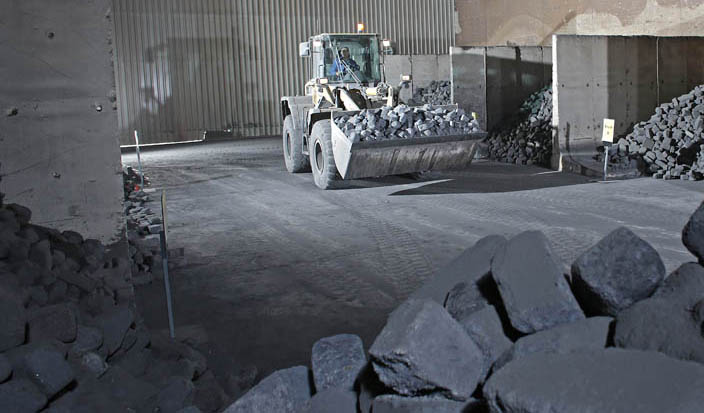 |
We recognise the importance of a circular economy and are ramping up our recycling strategy. When our products reach their end of life, we aim to dismantle them, recycling as much as possible into new applications. This will play a key part in reducing both our carbon emissions and our waste. |
By 2025, we will include 10% Secondary Raw Materials (SRM) in refractories. This will prevent approximately 150,000 tonnes of material from going to landfill.

Our recycling strategy comprises three key elements:
We are making solid progress in all three areas. For example:
As we increase the amount we recycle, we work to reduce waste. Most of the waste we produce is non-hazardous ceramic and mineral waste from production sites and mines. We have established waste teams in priority plants to identify how to maximise the reuse or recycling potential of this waste.
|
Waste by type |
2019 |
|
|
Ceramic and mineral waste hazardous |
14.918 |
14% |
|
Other hazardous waste |
2.798 |
3% |
|
Ceramic and mineral waste non-hazardous |
70.818 |
66% |
|
Other non-hazardous waste |
18.472 |
17% |
|
Total waste |
107.006 |
100% |